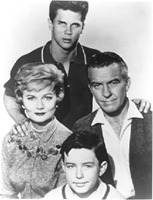
Have you noticed how much sitcoms have changed? The earliest sitcoms were nearly all about marriage, from Leave it to Beaver to Father Knows Best to I Love Lucy. For every Mary Tyler Moore Show, M*A*S*H*, or Cheers, you had dozens of Growing Pains and Family Matters and Step by Step and Fresh Prince. As recently as 1994, the highest rated sitcom in the US was Home Improvement, a family comedy starring Tim Allen as the patriarch of a traditional nuclear family.
But in 1995 and 1996, Home Improvement was destroyed in the ratings by two very different shows. One was Seinfeld, a sitcom two years older than Home Improvement, and the other was an upstart new show about six single people who really liked coffee. It was called Friends. You might have heard of it.
What’s interesting about these two shows is that their casts were entirely comprised of single persons.
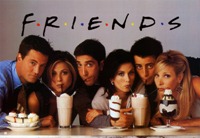
That was the tipping point the Sitcom. Today’s sitcom landscape is dramatically different: most sitcoms feature single persons (or, maybe, married persons in non-domestic settings, like The Office). Only 2 of Paste Magazine’s Top 10 sit-coms of 2011, for instance, featured married persons in primarily domestic settings (Modern Family and Up All Night). Long-lived ensemble sitcoms Community, Big Bang Theory and How I Met Your Mother feature a group of single friends, only a few of whom eventually get married. (HIMYM is a singular voice in this whole discussion that really deserves its own series of posts.)
The Evolution of the Sitcom reflects a larger shift our culture’s been making. For most of human history, we’ve prized marriage. But the past couple of decades have witnessed a major shift in what we value and what we imagine a whole person to look like. We’re getting married later, as a whole. Everyone’s talking about Extended Adolescence/Failure to Launch.
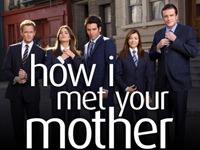
But it’s not just teens and early 20-somethings. More and more of us are looking to the “good ole days” of singleness to find wholeness.
Thanks to the rise of Teen Culture (since roughly the mid-20th century), advertising focus on the 18-49 demographic – which has been creeping younger and younger, and media (print, television, film, music – take your pick), we’re witnessing a massive shift towards prioritizing Singleness.
Popular Culture today values Singleness, not Marriage, as the best vehicle to achieve wholeness.
Consider the rise in popularity of Man Caves, of Guys’ or Girls’ Nights Out. The Twilight Mom phenomenon. In her excellent book Marriage Confidential, historian Pamela Haag notes that part of the problem is our lack of real adult role models:
We don’t have good role models for a responsible… adult who has meaningful, complex friendships, passions for civic causes or other nonmarital, nonparental engagements, and who feels entitled to assert those prerogatives. In a sense, the [man cave] husbands and their wives claim an adult social prerogative through the nostalgic ruse of “being childish.”
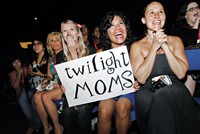
[UPDATE: This “humor” article from the New Yorker embodies that same problem]
The real problem isn’t Man Caves. Or Twilight (okay it could be at least a little bit Twilight). It’s that we’re constantly being fed a diet of media that idolizes and glamorizes teen culture. Marriage doesn’t make you a whole person, but neither does the single life.
When Marriage gets hard, we’re more tempted to blame it on Marriage, to pine for the mythical wholeness the freedom of Singleness offers.
There’s nothing especially fulfilling about the bar/club scene, all-night video-game marathons, weekends in Vegas. (To be clearly, I’m not saying there’s anything inherently wrong with them either.) But thanks in part to the pop culture messages we’re consuming (and the way we’re choosing to organize our lives), we look to a particularly immature incarnation of Singleness as the path to wholeness.
We’ve lost what it looks like to grow up. So even grown-ups are struggling to be adults.
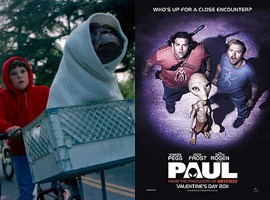
The only difference is the age of the children.
There’s nothing wrong with being a teenager. When you’re a teenager. And there’s certainly nothing wrong with Singleness. In fact, according to Paul, it’s better than Marriage. But the Single life can’t fulfill us, any more than Marriage can. To pursue either path as the path to wholeness is idolatry.
At a cultural level, we must recover a picture of healthy, fulfilled adult personhood. And with Jesus as our model, the Church can lead out in this. It starts with recognizing the stories that our culture is telling so we can proclaim a better story.
